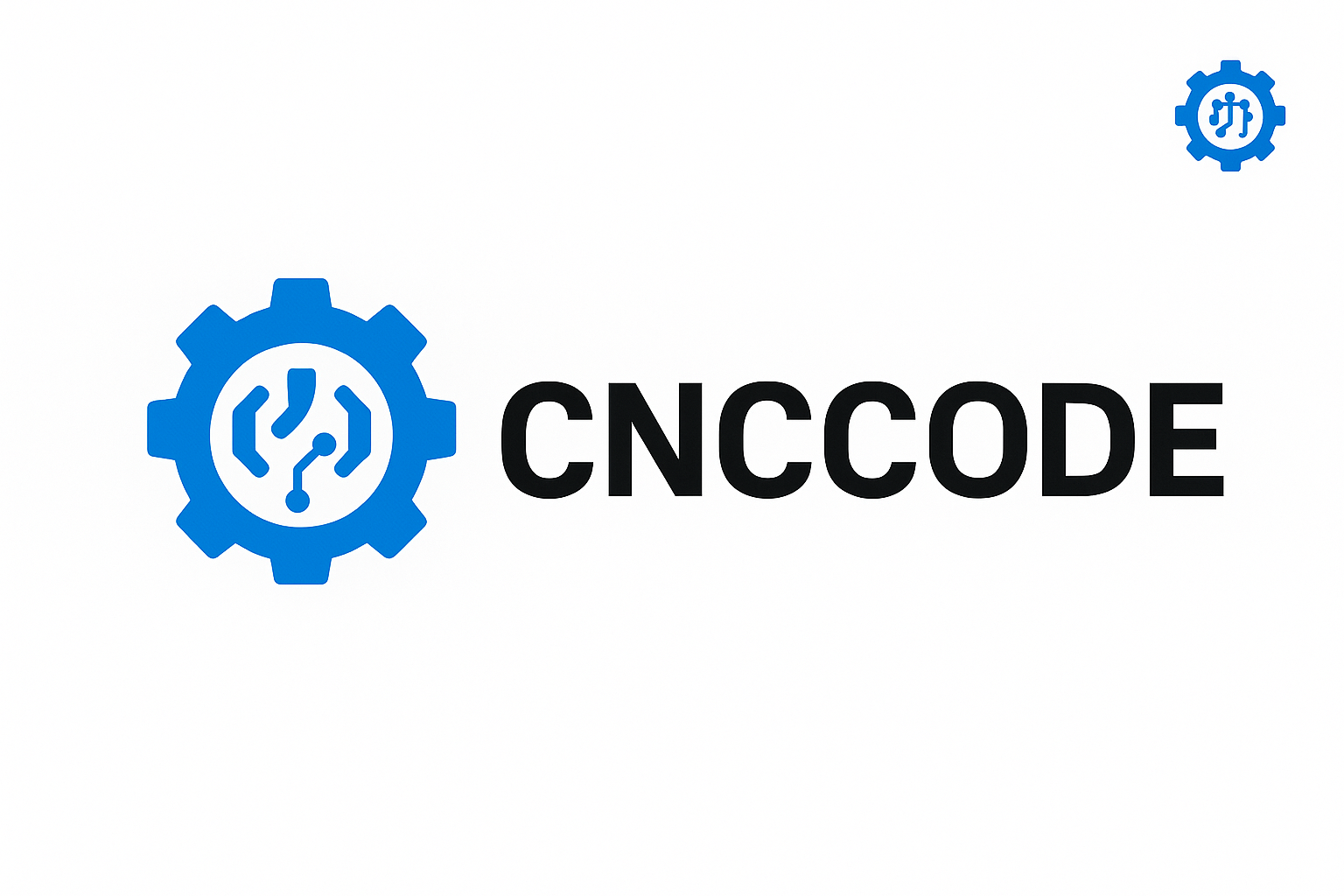🧠 Introduction
As CNC machining continues to evolve at lightning speed, staying competitive means mastering advanced techniques that push your tools, materials, and processes to their limits. This guide from cnccode.com dives into cutting-edge CNC strategies used by elite shops around the world — from high-speed programming and adaptive toolpathing, to multi-axis optimization and code refinement that minimizes downtime.
Let’s explore how to level up your CNC operations and achieve precision, performance, and profitability at scale.
⚙️ 1. High-Speed Machining (HSM): Strategies That Make a Difference
High-Speed Machining isn’t just about feeding faster — it’s about balancing spindle speed, tool engagement, and chip evacuation with surgical accuracy.
🔑 Best Practices:
- Use trochoidal toolpaths to maintain constant cutter load
- Reduce radial engagement to less than 25% of tool diameter
- Keep air blast or high-pressure coolant systems active to avoid chip recutting
Example CAM Output (Trochoidal Motion):
gcodeG1 X0 Y0 F1500
G3 X10 Y10 I5 J0
🧠 Tip: Use adaptive clearing strategies in your CAM to increase tool life by up to 400%.
🛠️ 2. Multi-Axis Machining Techniques (3+2 and True 5-Axis)
With the rise of simultaneous 5-axis machining, programmers now have access to part orientations and tool angles that dramatically reduce setup time and improve finish.
Key Concepts:
- 3+2 Machining: Fixed angle cuts for complex sides
- Simultaneous 5-Axis: Dynamic repositioning during cut
- Tool center point control (TCP): Ensures accurate surface engagement
Code Snippet for TCP Activation:
gcodeG43.4 H1 ; Enable dynamic length comp
G234 ; Activate TCP
🧠 Pro-Level Insight: Simultaneous 5-axis machining reduces part handling and eliminates fixture complexity for aerospace and mold applications.
📏 3. Feedrate and Surface Finish Optimization
Too often, part quality suffers from improper feedrate scaling or abrupt transitions. Use these techniques to dial in perfect finishes:
- Use look-ahead buffering (G5.1 Q1) on FANUC controllers
- Minimize corner dwell with smoothed toolpaths
- Implement feedrate override logic in CAM/post-processors
gcodeG5.1 Q1 ; Enable high-precision mode
G64 P0.005 ; Control path deviation (tolerance)
🧠 Surface Tip: Finish passes should be programmed at 0.1–0.2 mm depth with 30–50% of your roughing feedrate.
🧪 4. Toolpath Validation & Simulation Tactics
Never assume your toolpath is error-free. Use these steps to bulletproof your programs:
- Backplot in CAM software (Fusion 360, Mastercam)
- Simulate tool engagement zones (light cut/no-load sections)
- Run Dry Test with G-code visualizer before touching material
- Use NC code verification software (Vericut, NCSimul)
🧠 Error Prevention: Many high-end shops run collision verification and tool reach tests as standard — make it your baseline too.
⚒️ 5. Real-World Application: Mold & Die Precision Programming
Let’s take a mold cavity example where blend lines and scallop height are mission-critical. Use:
- Scallop-based finishing toolpaths
- Smaller ball nose endmills (D ≤ 3mm) for final pass
- Stepover < 10% of tool diameter
gcodeG17 G41 D01
G1 X45 Y50 Z-0.3 F200
🧠 Result: Mirror-like finish with tolerances under 10 microns, essential for injection molds and optical components.
🌍 6. What’s New in CNC Technology (2025 Edition)
- Real-time CNC cloud monitoring platforms
- AI-driven feedrate optimization in control systems
- Multi-sensor in-machine probing for live part correction
- Hybrid machining (milling + laser sintering)
- Closed-loop spindle and torque control feedback
🧠 Industry Shift: Shops investing in smart CNC upgrades are reporting 30% less scrap, 50% faster cycle times, and 80% fewer programming errors.
📚 7. Recommended CNC Programmer’s Workflow (Best Practice)
- Define material and cutting parameters
- Create roughing toolpaths with adaptive HSM
- Simulate tool engagement
- Validate with NC checking tools
- Refine surface paths and re-check tolerance
- Add safe start and end blocks
- Post-process with custom macros
- Save program versions with timestamp and rev code
🧠 Bonus Tip: Build your own internal G-code library at cnccode.com to reuse tested routines and templates for future projects.
✅ Conclusion
This advanced CNC machining guide serves as a full system upgrade for your programming skills. By mastering high-speed strategies, precise tool control, and advanced multi-axis methods, you’re not just making parts — you’re building a foundation of efficiency, safety, and quality that separates great machinists from the rest.
🔁 Bookmark this guide and revisit cnccode.com regularly for downloadable templates, sample code libraries, and the most updated CNC knowledge in the industry.

Leave a comment